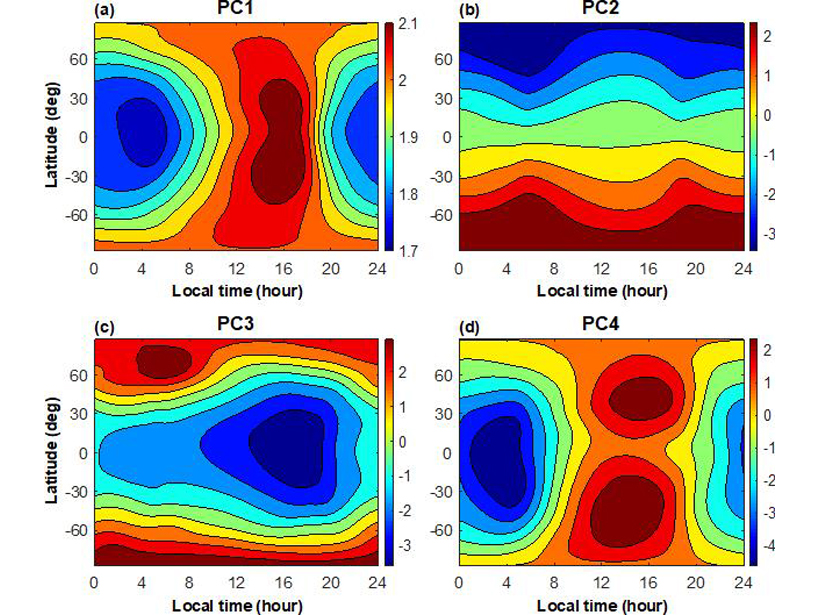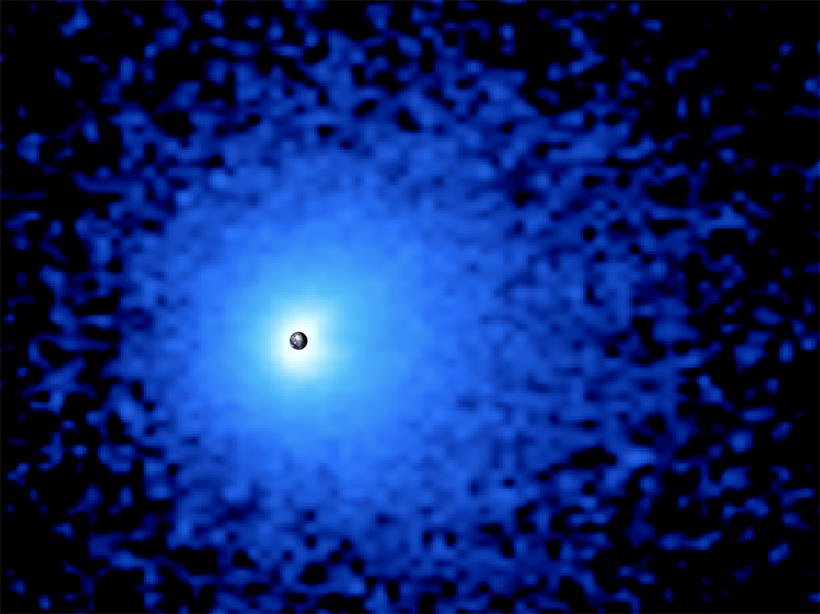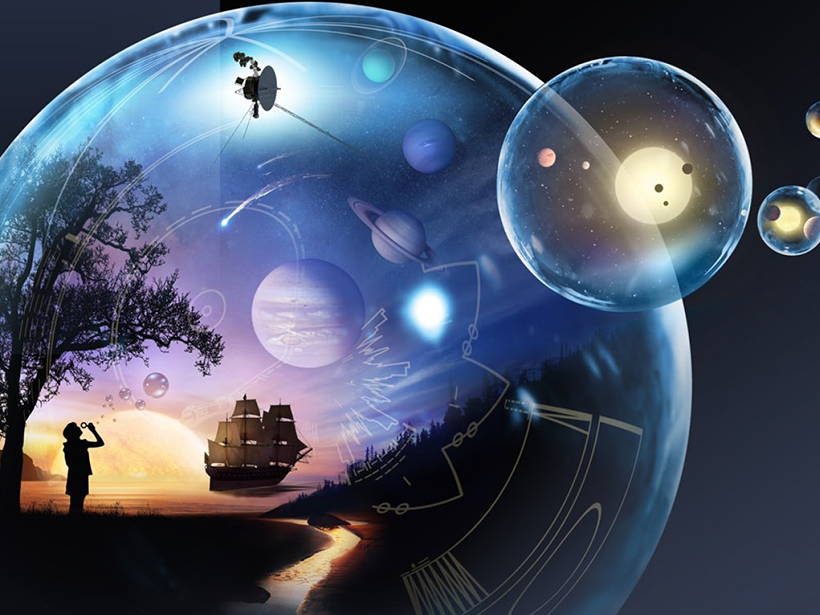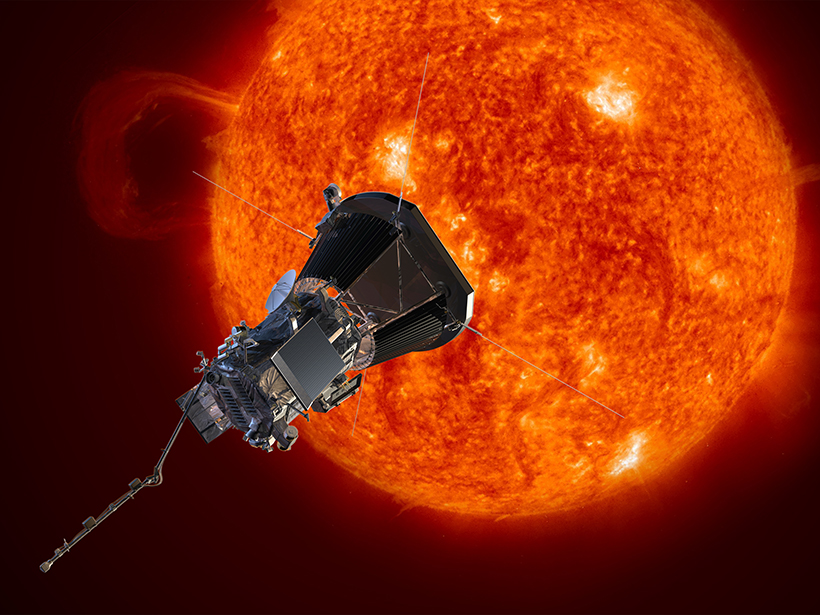The Mars InSight mission aims to answer key planetary science questions about seismicity, meteorite impacts, and the formation of rocky planets.
spacecraft
Evidence of Extensive Ice Deposits Near Mercury’s South Pole
New radar observations and refined illumination maps reveal uneven water ice deposits twice the size of those found around the planet’s north pole, suggesting the source may be a recent comet impact.
New Juno Data Reveal Four Key Secrets of Jupiter
Deep clouds, polar storms, lopsided gravity, and a uniformly rotating interior demonstrate that the gas giant plays by different rules than Earth.
Earth’s Radiation Belts: Celebrating Six Decades of Discovery
A recent celebration of the 60th anniversary of the launch of Explorer 1 reflected on the incredible progress and scientific insights from this and subsequent space missions.
Improving Temperature Forecasts in the Upper Atmosphere
Scientists are blending output from multi-year model runs to improve temperature forecasts in regions where satellites experience “drag,” in the hopes of avoiding future spacecraft collisions.
Earth-like Oscillations Detected in Saturn’s Stratosphere
By comparing Cassini observations spanning ten years, Saturn’s equatorial oscillation is shown to have similarities to Earth’s Quasi-Biennial Oscillation and Semi-Annual Oscillation.
Tracing the Path of Gas Atoms from Earth to the Final Frontier
Scientists capture the first complete image of Earth’s luminous geocorona and prove its ecliptic north–south symmetry.
Ten New Frontiers in the Solar System and Beyond
Humanity’s reach has extended from the surface of Earth to the very edge of our solar system, even to exoplanets far into space. What’s next in our journey into the unknown?
Choosing a Lunar Landing Site
A recent article in JGR: Planets described the geological characteristics of two candidate sites for the upcoming Chinese mission to the Moon.
Solar Probe Will Approach Sun Closer Than Any Prior Spacecraft
Technological improvements, including an advanced thermal protection system and innovative solar arrays, have helped to get this mission off the drawing board.










